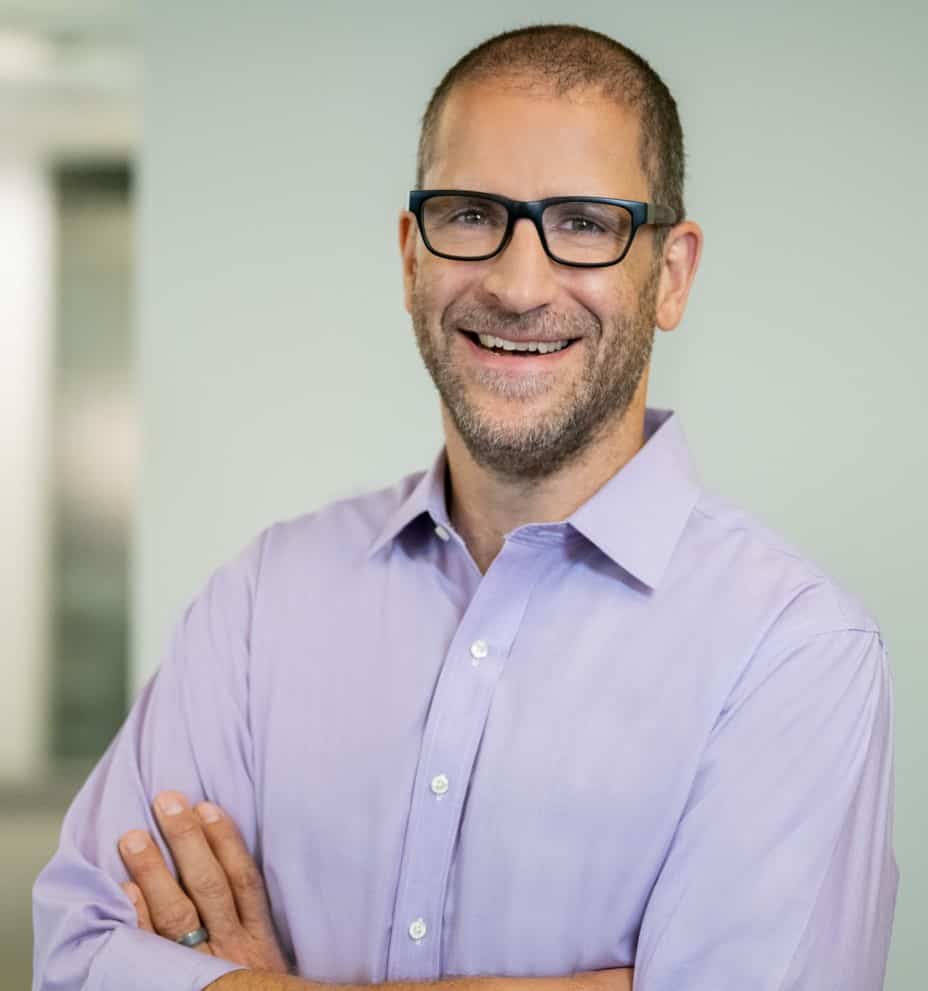
In these days of instant messages, social media posts, and a 24-hour news cycle, detecting a signal from noise in the volume of COVID-19 messages can be a challenge – including, I realize, this blog.
While all well-intended, there seems to be a constant barrage of information: news reports, webinars, sales calls, other sales calls, legislative updates, well-written opinion pieces about the legislative updates, more webinars about the well-written opinion pieces about the legislative updates…the list is endless. All this at a time when the need to consume details from each CDC update, all of Mass.Gov’s announcements, and – perhaps most confusing of all – every Presidential news conference has never been greater
Given the volume of COVID-19 related information, there is a real temptation to stay six feet away from your laptop, socially distance from your twitter feed, and wash your hands immediately upon checking LinkedIn. These are, of course, 1st world problems. Around the world, hundreds of thousands of people are being treated for COVID-19 by first responders and members of the medical profession who are literally risking their lives to help others. Many millions of others are displaced from their jobs through a combination of furloughs and layoffs.
However, for those of us currently isolated at home and away from the frontlines, how do we use the information to our and our companies’ best advantage? How do we allow information to give us strength rather than deplete us? Here are six tips from leading experts that have helped me manage information flow in the age of COVID-19:
- Take a break: From the C.D.C.: “Take breaks from watching, reading, or listening to news stories, including social media. Hearing about the pandemic repeatedly can be upsetting.”
- Pick your sources: From H.B.R.: “But be wise about your sources. Turn to reliable health and behavioral experts: your doctor or nurse-practitioner, the CDC, the World Health Organization, the National Institutes of Health.”
- Pick selected times: From the W.H.O.: “Seek information updates at specific times during the day once or twice. The sudden and near-constant stream of news reports about an outbreak can cause anyone to feel worried. Get the facts. Gather information at regular intervals, from the WHO website and local health authorities’ platforms, in order to help you distinguish facts from rumors.”
- Focus on facts: From H.B.R.: “Cut down on how often you engage with venues where fear feeds on itself rather than on the facts — social media, for example, or conversations with friends and coworkers who do more speculating and catastrophizing than sharing of evidence. Distinguish between people who are consulting sound information and those who are in a frenzy.”
- Disconnect: From the C.D.C.: “Take care of your body. Take deep breaths, stretch, or meditate. Try to eat healthy, well-balanced meals, exercise regularly, get plenty of sleep, and avoid alcohol and drugs. Make time to unwind. Try to do some other activities you enjoy.”
- Pause before acting: From The Guardian: “Remember that stress affects decision making. We’re in the middle of a pandemic – a situation few of us have experienced – and our screens are filled with frightening content. Newell says when we have “additional cognitive load”, this creates inconsistency in our decision making. ‘That means we should push that pause button and then ask ourselves about the basis for the decision we are about to make.’”
We are all being confronted with new data and new decisions to make every day. Managing information flow in smart ways can help us avoid the COVID-19 communication saturation point, and lead to clearer decisions as we navigate these choppy waters. Our health and our companies’ health depends on it.
About the Author:

Adam Thomas
Chief People Officer and Corporate Secretary, Synlogic, Inc
Adam Thomas serves as Chief People Officer and Corporate Secretary of Synlogic, Inc. Adam has spent more than 20 years in human resources helping leading companies recruit and retain top talent. Prior to joining Synlogic, he served as Vice President and Head of Human Resources for Research and Development at Shire during a period when the company underwent major expansion, doubling the size of its research and development workforce in Massachusetts. Before joining Shire, Adam served as Head of Human Resources for Research, Development, and Engineering for S.C. Johnson and Company. Earlier in his career he served as director in various human resources functions at Pfizer. Adam holds an M.B.A. from Boston University, a Bachelor of Laws degree (LL.B.) from the University of Edinburgh and an M.A. in human resource management from the University of the West of England.